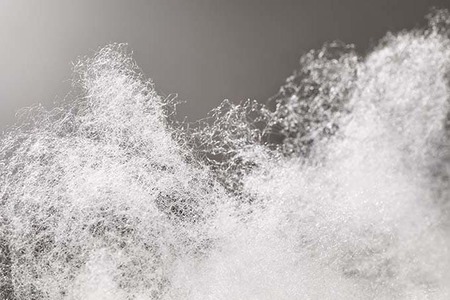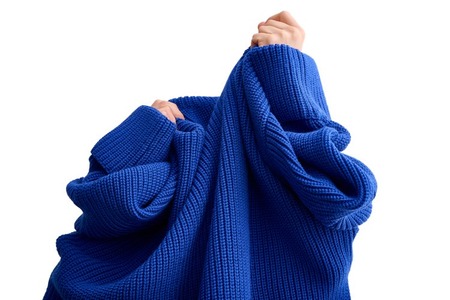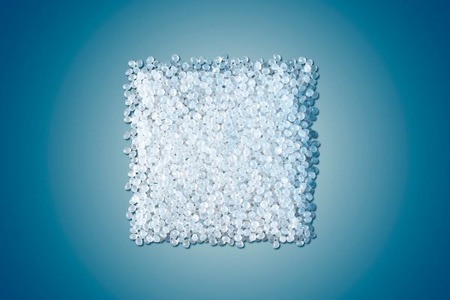
Under Armour develops new method to measure fiber shedding
YarnsandFibers News Bureau 2023-03-05 19:38:07 – USASportswear brand Under Armour has developed a new testing methodology, in an effort to combat fiber shedding at its source and advance the company's sustainability objective of using low-shed textiles in 75% of its products by 2030.
The innovative test method developed by Under Armour provides a streamlined way for precisely determining a fabric's tendency to shed. The company has started employing the technique to test materials and measure their shed rate early in product development to target high-shed materials for redevelopment or abandonment before they enter the market in order to enable the creation of lower-shed products. In order to prevent high-shed rate new textile candidates from entering its product development streams, Under Armour also employs this technique.
Fabric and textiles naturally shed fibers when they are made, used, and cleaned. The air, rivers, and food chains can become contaminated with these fiber fragments, commonly referred to as microplastics. They are thought to cause environmental pollution, damage ecosystems, and provide health concerns to both people and animals when inhaled through the air or consumed through food and drinking water in high amounts. According to a study funded by the World Wide Fund for Nature (WWF), fiber shedding from textiles and other sources of plastic naturally occurs, resulting in the average individual ingesting as much as five grams of plastic each week — the weight of a credit card.
Under Armour's sustainability program, which aims to use more eco-friendly, recyclable materials and more effective design and production techniques in the creation of high-performing clothing, footwear, and accessories, places a priority on supporting innovations that lessen fiber shedding over time.
Jeremy Stangeland, senior manager, Materials Lab for Under Armour, said that Under Armour is a leader in its field. When they saw the enormity of the fiber shed problem during product research, they knew they wanted to find out a method to harness their innovation capabilities to do their part to address the issue. Their strategy focuses on helping address the underlying factors that contribute to shedding, beginning with the capacity to monitor it. They are utilizing their skills to have a positive impact on their industry and communities through continual efforts to redesign high-shed fabrics to shed less or avoid them totally.
Under Armour is looking into creative ways to revamp high-shed fabrics, such as mechanical finishes and yarn formations that can promote less shedding, in addition to determining the shedding property of fabrics. High-shed fabrics are typically less durable than low-shed fabrics, despite the fact that consumers frequently find them appealing due to their softness. The company's new test procedure will take this into account as it works to create products that are the perfect blend of comfort and toughness.
Kyle Blakely, senior vice president of Innovation for Under Armour, said that they are committed to comprehensively addressing sustainability issues like fiber shedding and have already started using their methodology to create more sustainable products for athletes that feature Under Armour's distinctive high-performance features. They hope to excite athletes with performance-driven innovations that reflect their core value of "Act Sustainably" as they move toward their 2030 target by having items that have been improved through this process on the market as early as 2024.
Aliya Rubinstein, project director for the Oceans Program at the Nature Conservancy in California, said that synthetic microfibre contamination poses a mostly unseen, worldwide conservation issue that is only becoming worse. The fashion sector has the chance to take action right away and push effective solutions that directly address its role in the plastics catastrophe. A larger set of initiatives that are urgently required for them to collectively shift the industry in the right direction includes Under Armour's commitment to efforts to understand and prevent fiber shedding.
The fiber-shed testing techniques and vacuum filtration technologies already in use are complemented by Under Armour's methodology, which also makes use of tools provided by the Microfibre Consortium, a leading organization that helps the textile industry find workable solutions to reduce microfiber release and which Under Armour is a member.
Market Intelligence
Ask for free sample Report

experience
Customer Base
dedicated team
Countries Served Worldwide









